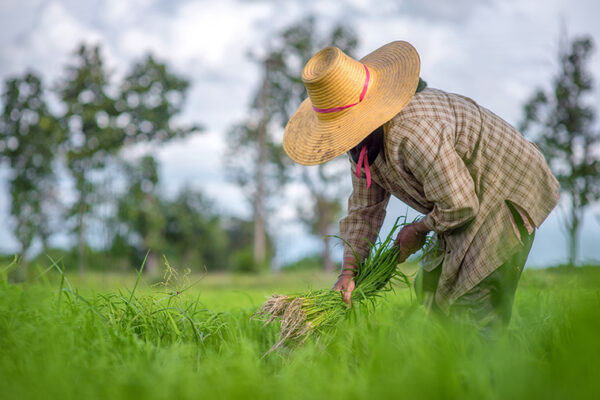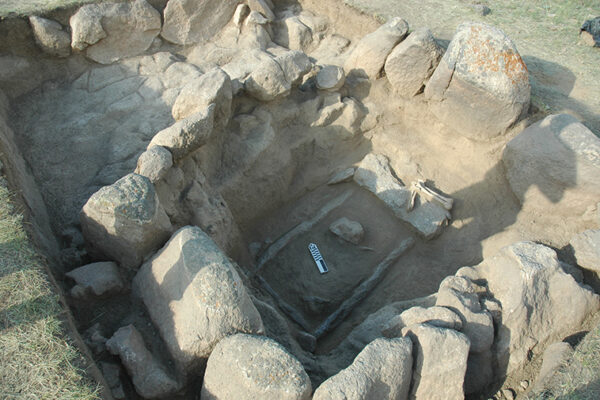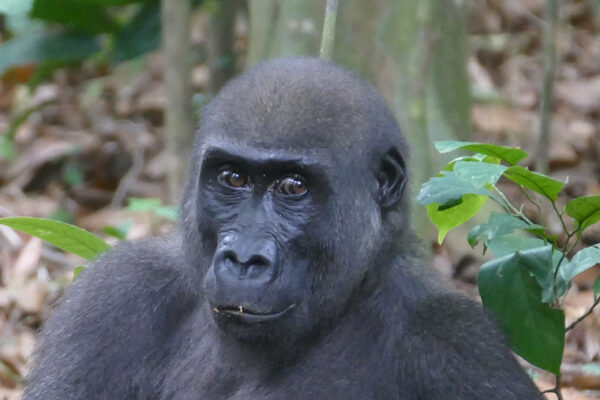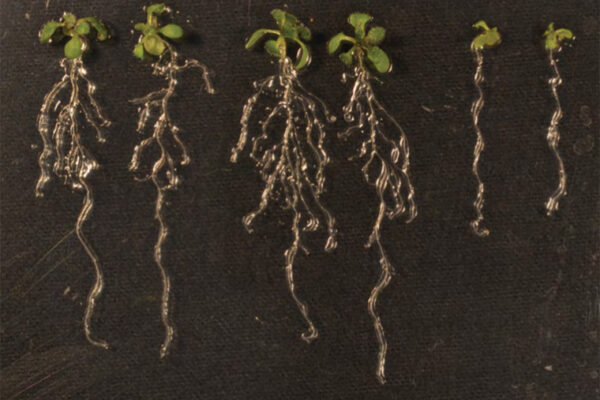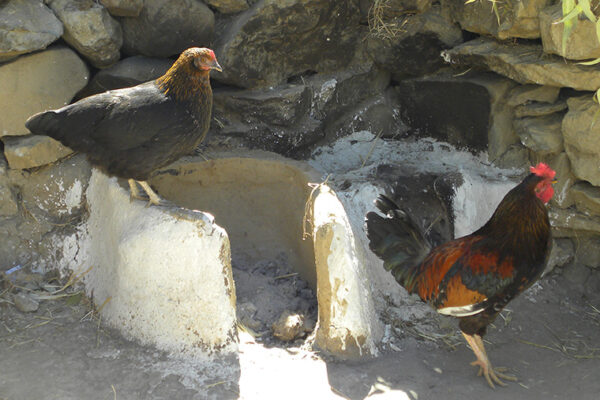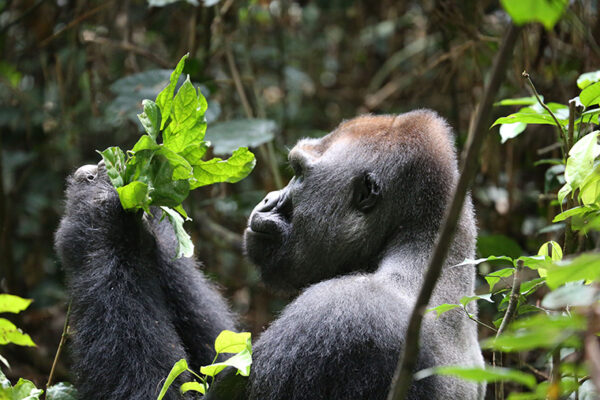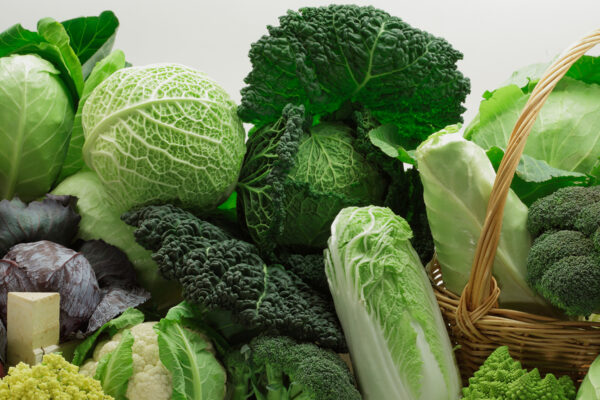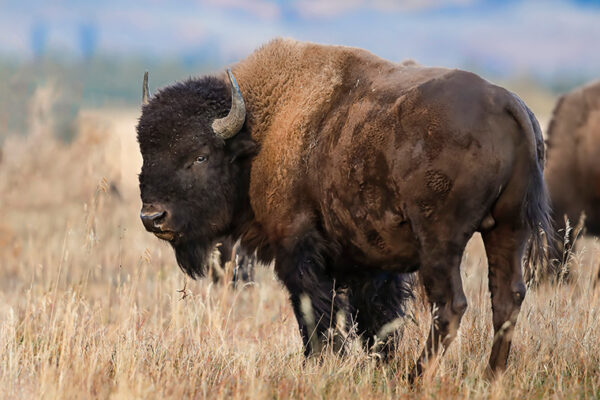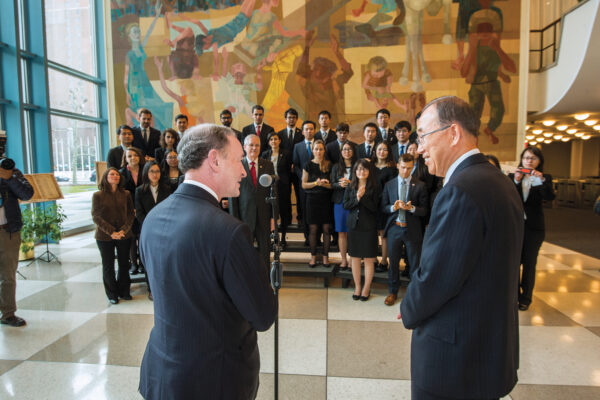Hiding in plain sight
Early rice growers unwittingly gave barnyard grass a big hand, helping to give root to a rice imitator that is now considered one of the world’s worst agricultural weeds. The new research from biologist Kenneth Olsen in Arts & Sciences was published this week in Nature Ecology & Evolution.
Ancient DNA study tracks formation of populations across Central Asia
Ethically sourced and informed by archaeology, an ambitious new study reports genome-wide DNA information from 523 ancient humans collected at archaeological sites across the Near East and Central and South Asia. Washington University in St. Louis brought key partners together to generate the world’s largest study of ancient DNA, published this week in the journal Science.
Sometimes you feel like a nut
A long-term study of western gorillas in Gabon has revealed an unexpected behavior: they use their teeth to crack open and eat nuts. New research by Adam van Casteren, lecturer in biological anthropology in Arts & Sciences, may have important implications for the way researchers predict the diet of human ancestors based on the shape of their teeth.
Putting the brakes on lateral root development
Biologist Lucia Strader in Arts & Sciences discovered a cellular transporter that links two of the most powerful hormones in plant development — auxin and cytokinin — and shows how they regulate root initiation and progression. Understanding why and how plants make different types of root architectures can help develop plants that better cope with distinct soil conditions and environments.
Long live the long-limbed African chicken
A new study reveals much about the history of African poultry development, according to Helina S. Woldekiros, assistant professor of anthropology in Arts & Sciences. But a 3,000-year-old local breed type is threatened by the introduction of commercial cluckers.
Northern Congo declining under logging pressure
Logging road construction in Western Equatorial Africa has accelerated over the last two decades and has led to a dramatic decline of intact forest lands in the region, according to new research published by Crickette Sanz, associate professor of biological anthropology in Arts & Sciences. Increased human immigration and degradation of natural resources follows in the wake of such road expansion.
Mustering a milder mustard
Biologists in Arts & Sciences have mapped the crystal structure of a key protein that makes the metabolites responsible for the bitter taste in cruciferous plants like mustard and broccoli. The results could be used along with ongoing breeding strategies to manipulate crop plants for nutritional and taste benefits.
Bison overlooked in domestication of grain crops
As ecosystem engineers, bison have been hiding in plain sight for the past 40 years, since archaeologists first discovered that several native plants were domesticated in eastern North America. New research by Natalie Mueller, assistant professor of anthropology in Arts & Sciences, explains the connection, published July 8 in Nature Plants.
The global helium shortage hits home
Helium is a valuable, non-renewable resource that is critical for many medical and research applications. But helium supply and pricing are unreliable. Sophia Hayes, a professor of chemistry in Arts & Sciences, spoke at a recent American Chemical Society webinar about the need for congressional action to address these challenges.
Going global
From the beginning of his tenure, Mark Wrighton set out to put Washington University and its students and faculty on the map.
View More Stories
